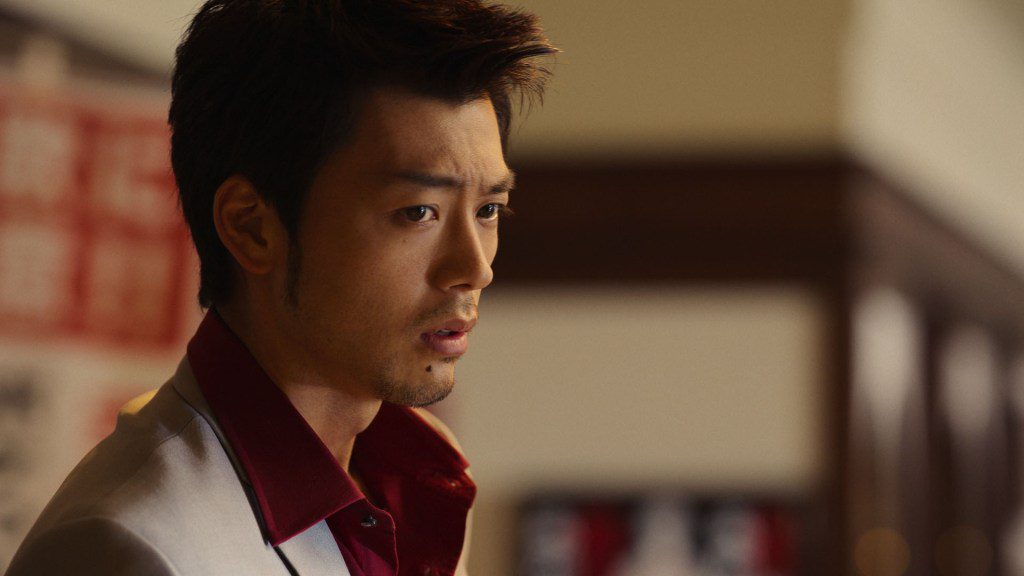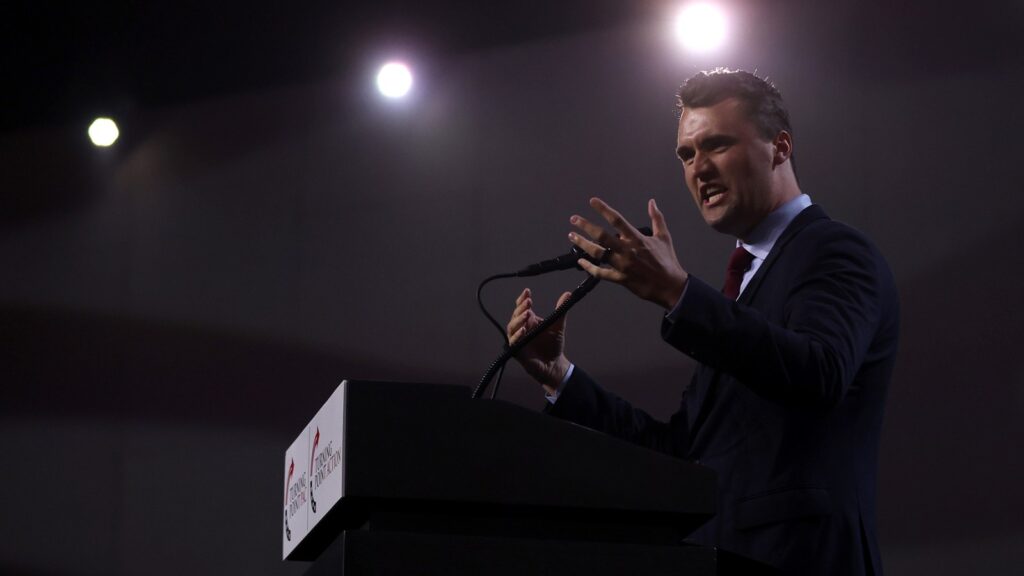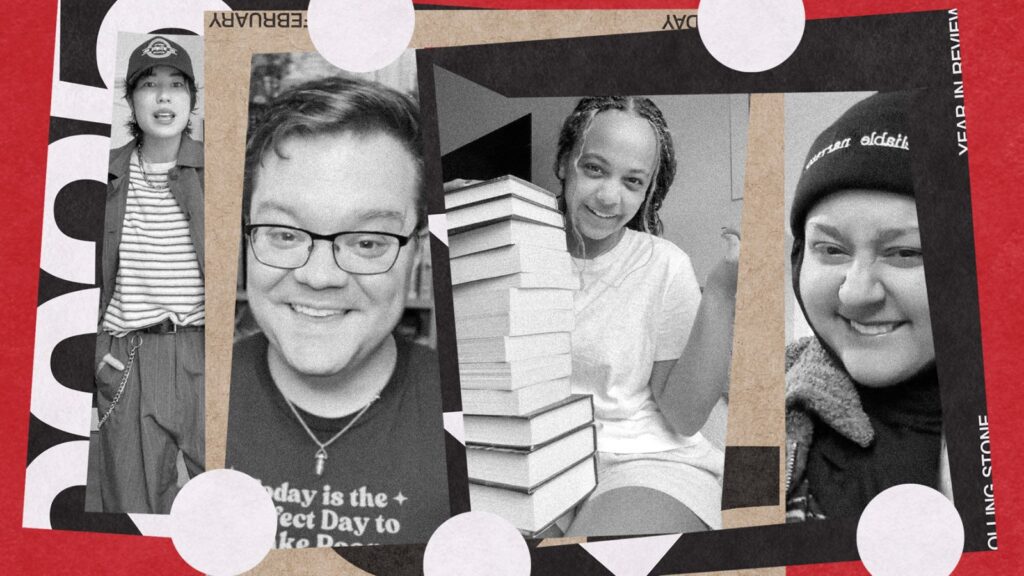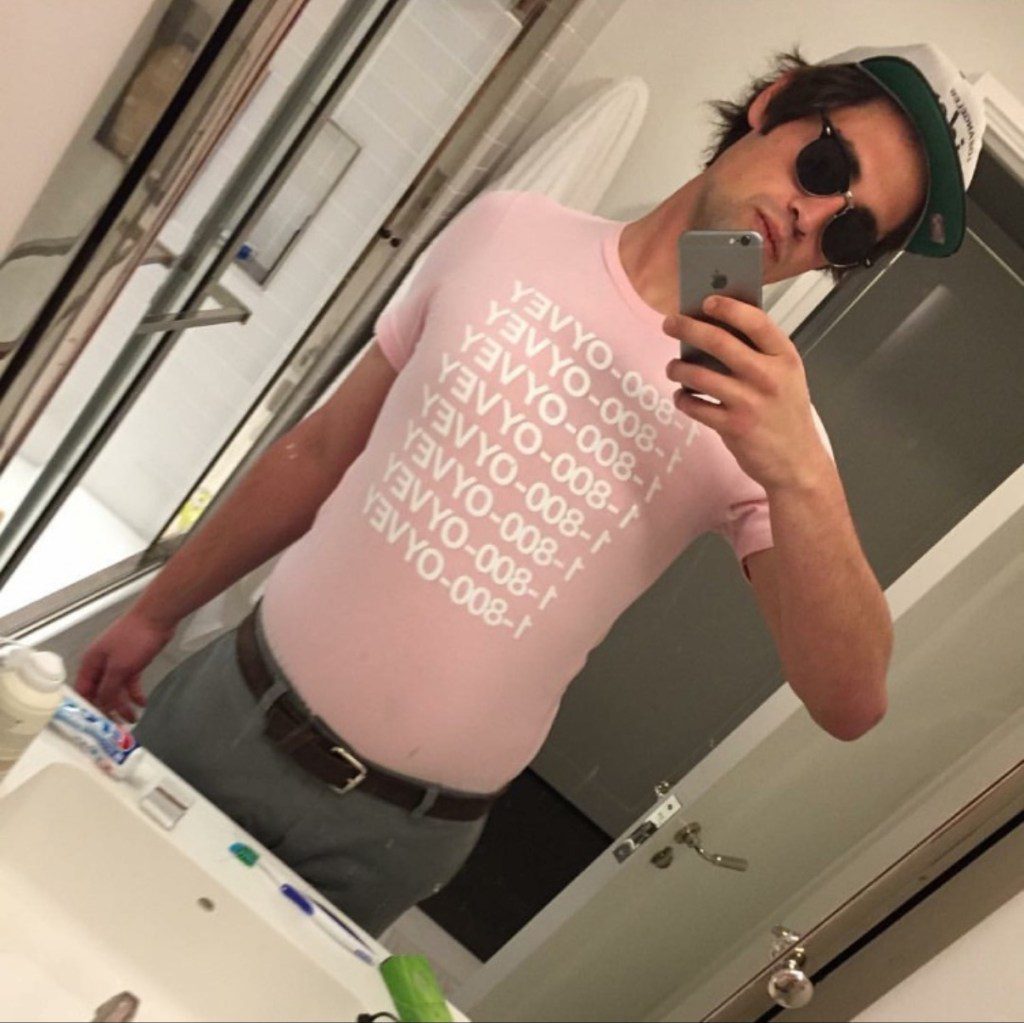How Does the ‘Like a Dragon’ TV Show Compare to the Game?
There’s a recurring trend in the gaming industry where developers and studios rush to announce a live action adaptation only for it to never materialize. Look no further than Netflix’s fumbling of its Horizon Zero Dawn adaptation, a fan-favorite franchise whose streaming debut was announced and subsequently halted after two years in limbo.
More often than not, it’s smarter for creators to keep mum until their projects are nearly done and ready for social media show-and-tell. This is how Sega and Ryu Ga Gotoko Studio shocked fans back in June by announcing a live-action adaptation of the popular RPG series Like a Dragon, releasing just four months after its reveal.
The series has already seen one failed adaptation with Takashi Miike’s 2007 film Yakuza: Like A Dragon, a movie that’s mostly bad despite nailing the wackier aspects and tone of the game. From there, the bar for Amazon’s series should be easy to clear.
But, as with most adaptations, gamers catastrophized the show as a failure for not “faithfully” translating the game’s madcap tone after seeing the first trailers. Key among players’ worries was that the Amazon series would be a gritty, boilerplate crime drama bereft of the tonal dissonance fans have come to love from the game’s wacky, melodramatic soap opera. This fear was exacerbated when folks learned the show’s cast was instructed not to play the games and to discover their characters independently. That, and there wouldn’t be any karaoke scenes.
The lead protagonist from the games and TV adaptation, Kazuma Kiryu (Ryoma Takeuchi)
Amazon Studios; Sega
Having seen the series in full, it’s safe to say that the show is, in fact, a serious crime drama. But to its benefit, it also shirks the trappings of being a lazy, blow-for-blow retelling of the games. Instead, Like A Dragon: Yakuza is a remix, blending the original 2005 game and its prequel title, Yakuza 0 (2015), that paves its own way while maintaining the endearingly silly heart of the game.
What is Like a Dragon (the game) about?
Like A Dragon, formerly known as Yakuza in the West, is a Japanese action role-playing game series. It follows the story of Kazuma Kiryu, a stoic former yakuza member who is routinely roped back into fixing his former clan’s messes. Throughout the series’ nine mainline games (and 14 spin-offs), Like A Dragon’s overarching story sees Kiryu overcome many mafioso-inspired dilemmas inspired by crime epics like The Godfather and Goodfellas.
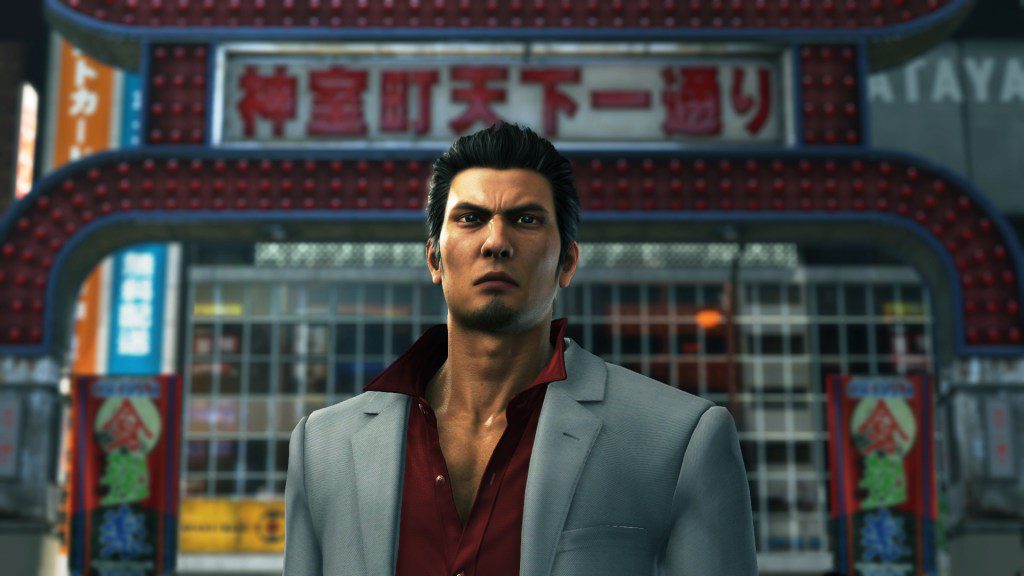
Kiryu, as portrayed in ‘Yakuza 0’ (2015)
Sega
But if you were to ask a Like A Dragon fanatic why they like the series, it’d likely be more for the tonal whiplash the game dishes out through its zany side quests. While the games have a mostly serious main narrative, much of the gameplay focuses on the side content, which are often silly misadventures, like where Kiryu teaches a dominatrix to find her voice, brawls with men who recreationally dress up like babies, or becomes a vigilante mascot sworn to defend the tourism of a quiet seaside town.
Although Kiryu has passed on the baton as the series’ flagship protagonist to its new hero, Ichiban Kasuga, the Like A Dragon series shows no signs of slowing down with near-annual release of new entries, like the upcoming Like A Dragon: Pirate Yakuza in Hawaii and the Nintendo Switch port of Yakuza Kiwami — a remaster of the original 2005 game releasing alongside the Amazon show.
What does the TV series get right?
Much like the first game, Like A Dragon: Yakuza follows Kazuma Kiryu (Ryoma Takeuchi), who goes from being an orphan in the fictitious Tokyo district of Kamurocho to becoming a legendary yakuza and vigilante. The journey there is slightly different than before, with some creative liberties taken, like adding new character to Kiryu’s family of fellow orphans and some changes made to the origins of supporting players Akira Nishikiyama (Kento Kaku) and Yumi Sawamura (Yuumi Kawai). There are narrative shake-ups big and small.
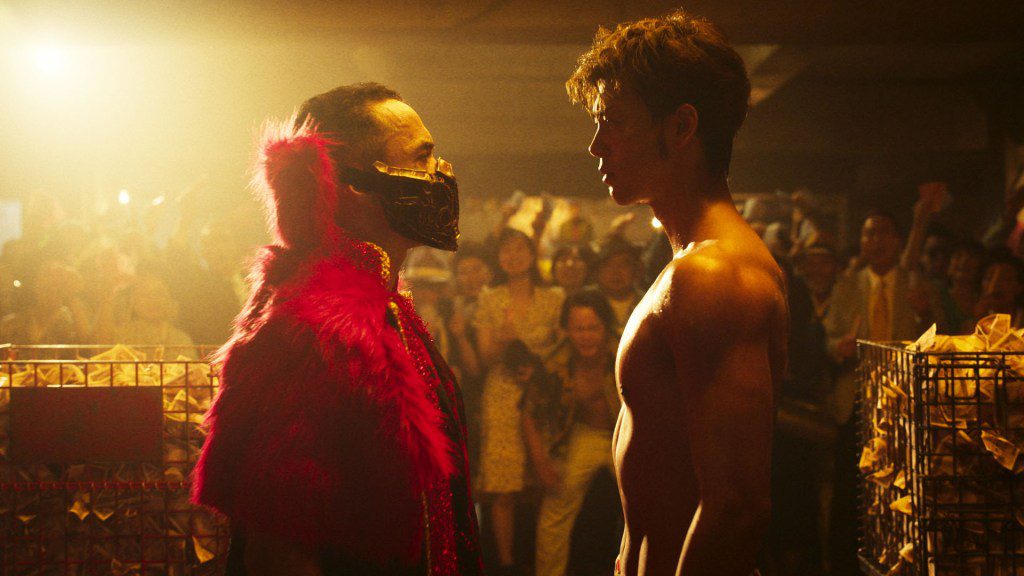
The fight sequences in the show are more brutal than the sillier tone from the game
Amazon Studios; Sega
For starters, Kiryu’s raison d’etre is to become the legendary Dragon of Dojima — essentially the top enforcer of his clan — a title thrust upon him in the games rather than something he aspires to or enjoys. The show’s Kiryu finally gets a chance to become the mythical figure when he offers to fight in underground arenas as a plea to spare his and his friends’ lives after stealing money from one of the Tojo clan’s fronts.
Each brutal and bloody victory Kiryu earns in underground tournaments — which are less like the game’s over-the-top fights and more in line with the savage action of movies like Ong-Bak (2004) — earns him more ink to fill out the famous dragon tattoo on his back. This recontextualization not only explains Kiryu’s ungodly strength in the games, but also anchors the character as someone who will throw his body on the line for his ragamuffin friend group as they hustle their way out of the Sunflower orphanage.
The show jumps between Kiryu and the crew’s humble beginnings, paying off their debt in service of the yakuza to the beat of Electric Light Orchestra’s “Mr. Blue Sky” in 1995, and their falling out a decade later (complete with a dark rendition of Tears For Fears’ “Mad World”). The Amazon show not only hits the game’s major plot points, but adds a new layer of connective tissue to its narrative that mostly heightens its story for the better.
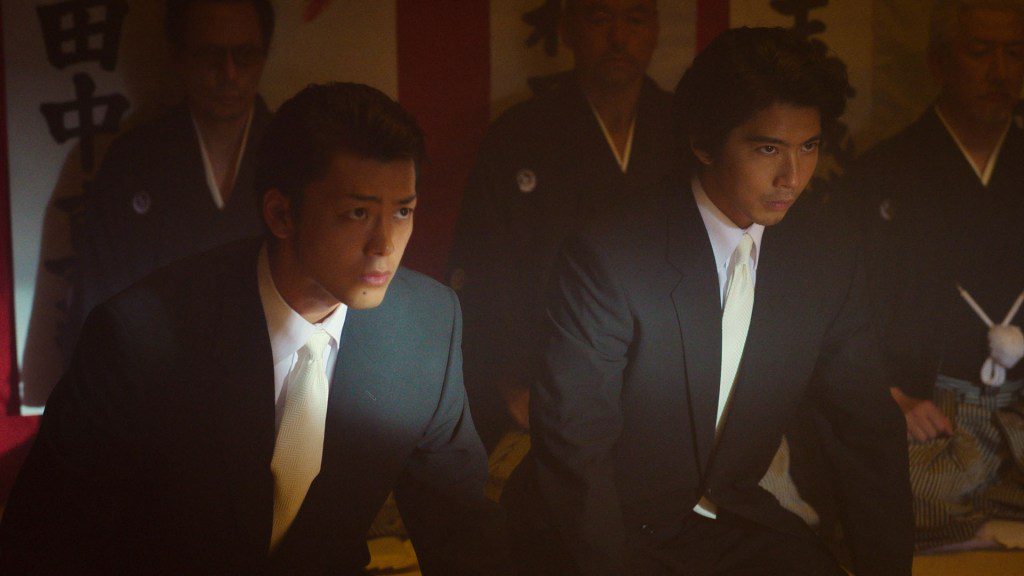
Kiyru and Nishi’s (Kento Kaku) relationship is better fleshed out in the series than the game
Amazon Studios; Sega
One notable alteration in the show’s depiction of Kiryu’s adoptive father, Kazama (Toshiaki Karasawa). Rather than being an all-powerful active patriarch in the Tojo clan, he’s depicted as a washed-out former yakuza sequestered to managing the Sunflower orphanage — a fate not dissimilar to Kiryu’s in later games. Rather than anchor its story on Kazama and Kiryu’s messy paternal relationship, the show wisely shelves it to instead center on Kiryu and his found family.
Throughout the show’s six episodes, we see the already tight-knit group pushed to the breaking point as they attempt to uncover a missing 10 billion yen and prevent an all-out war between the Tojo clan and rival group Ohmi Alliance. Along the way, we see Kiryu and Nishiki depicted as fraternally bonded buds who giggle in each other’s faces before throwing themselves headfirst into hair-brained schemes. They even adopt each other’s mannerisms and fashion sense as the show progresses. Their relationship is portrayed more deeply and effectively here than in the games.
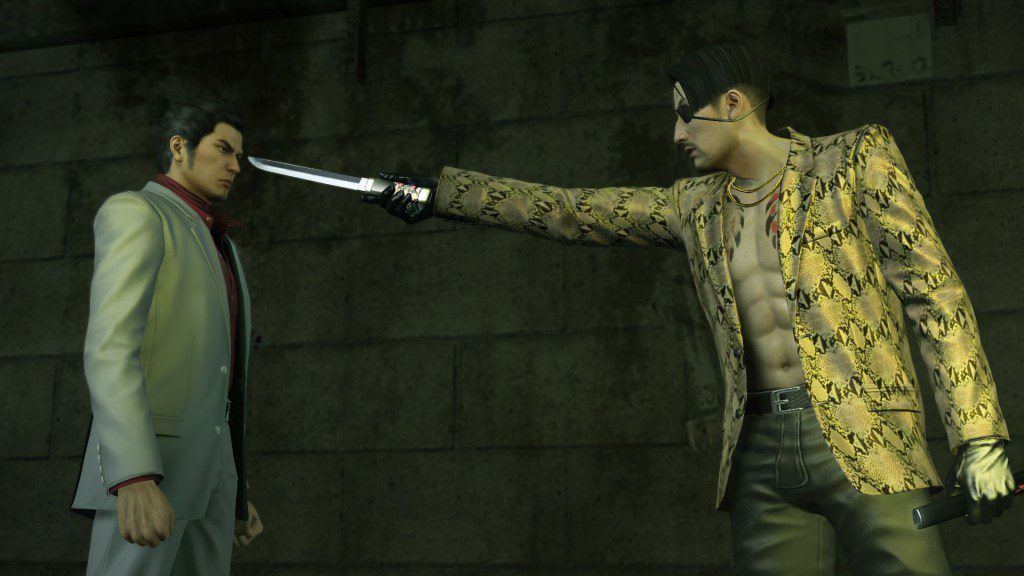
In games like ‘Yakuza Kiwami’ (2016), Goro is portrayed as a zany, Joker-like antagonist
Sega
Unsurprisingly, Kiryu’s rival and Like A Dragon’s fan-favorite character, Goro Majima (Munetaka Aoki), steals the show in every scene he’s in. However, the show wisely uses him sparingly as not to rob Kiryu and Nishiki of their limelight. Considering the last live-action film, this is a great creative decision, and works more effectively than in the games, where Goro’s Joker-like persona regularly outshines the hero’s.
Unfortunately, not everyone gets an even shake in the Amazon show’s recontextualization of the games.
What does it get wrong?
While much of the show’s reframing of the source material is a highlight of the series, there are times when its narrative unnecessarily overcomplicates itself by adding too many wrinkles to its subplots. Key among them is the story of Kiryu’s soulmate, Yumi. Unlike the games, where she’s a bit of a flat character who isn’t seen or heard of until its final chapters, the show gives Yumi a more significant role. Throughout the story, Yumi ranks as one of Kamurocho’s top hostesses and works alongside Kiryu to relocate the missing 10 billion yen.
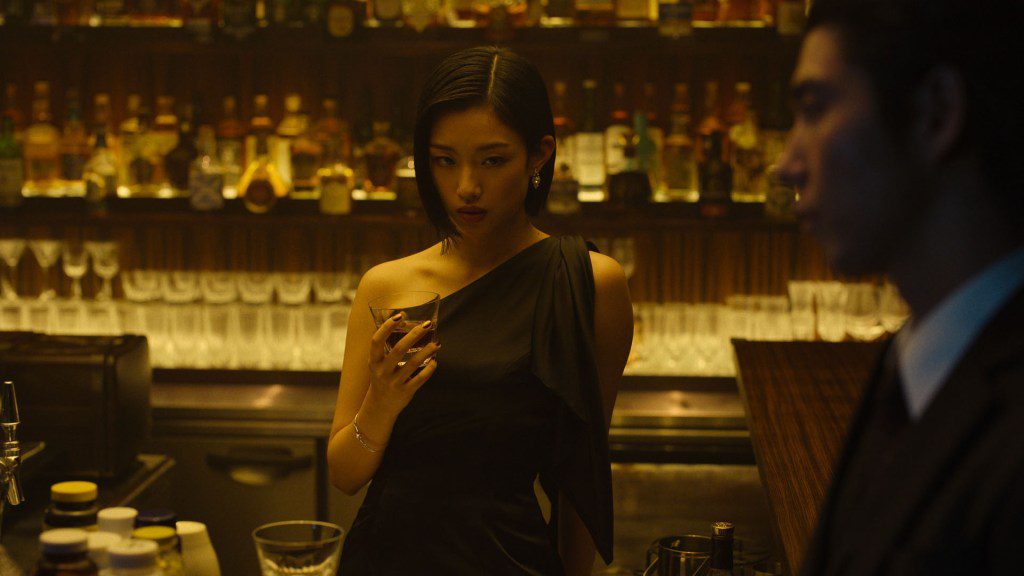
Characters like Yumi (Yuumi Kawai) are served much better in the series than before
Amazon Studios; Sega
While Yumi is a stronger character in the show, her story is weighed down by her estranged sister, Aiko Sawamura (Misato Morita), whose presence feels entirely divorced from the main ensuing plot. Much of Aiko’s incongruous vibe stems from her taking on Yumi’s in-game origins. Here, she’s the mother of Haruka, a child tied to the missing billion yen in the original canon. While this would otherwise be an uneven copy-paste for the show to venture into, Haruka being replaced as the emotional anchor of the series by Miho gives both mother and daughter little to do as the rest of the story moves on without them.
Rather than being an interesting new character to explore, Aiko’s existence sandbags large portions of the story for empty drama. As Yumi’s long-lost sister who reappears at the worst time, she plays the role of a delinquent mother whose opportunism with very obviously become a major issue outside of what the core cast is dealing with until all roads converge.
If anything, this change feels reductive, harkening back to the series’ often flat and stereotypical depiction of women. By adding more female characters and splitting up existing ones to dole out their roles in the narrative, the show stretches itself thin by giving them all little to do. Like A Dragon’s alteration unconsciously curls the monkey’s paw, where giving Yumi more agency comes at the expense diluting other female characters in an attempt to give her story more meat on the bones.
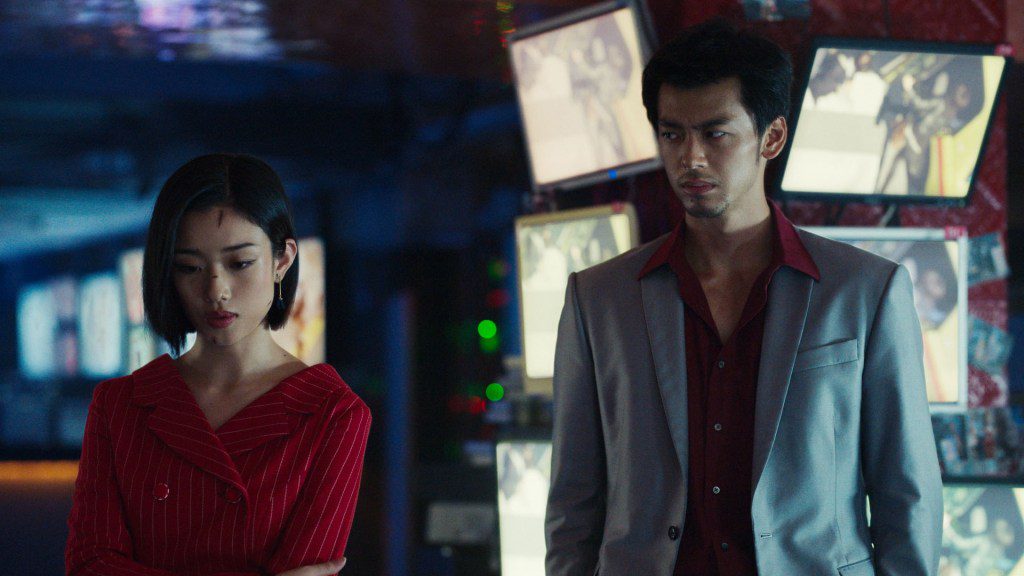
Yumi’s improved presence unfortunately spirals into subplots with other characters that feel bloated
Amazon Studios; Sega
Unfortunately, Nishiki also suffers in the translation. While the show nails his glow-up from being a cowardly yakuza to becoming a major player in the Tojo clan, the climax fumbles his fall from grace by devolving his menace and inner turmoil into cartoonish villainy in the show’s finale. It’s sad, given that Nishiki has always been one of Like of Dragon’s most compelling villains.
Is it a good adaptation?
Invariably, after Like A Dragon: Yakuza drops, there will be online discourse over whether or not the series is a “faithful adaptation” — a reductive argument that’s lost meaning as more projects continuously crop claiming to have broken the “bad video game adaptation curse.” For many in online forums, faithful translations of video games have means that a show is an identical 1:1 recreation of its source material. This isn’t helped by the success of shows like HBO’s The Last of Us (2023), which has been celebrated for sticking slavishly to the game that inspired it. But that formula won’t work for everything.
This superficial belief in “faithfulness” misses the point that an adaptation’s sole purpose is to adapt a work into a different medium, not xerox the minutiae of its cutscenes — which were trying their best to look like film and TV shows anyway.

The series bounces between time periods to incorporate multiple games’ worth of context
Amazon Studios; Sega
Video game adaptations shouldn’t be constrained with coloring inside the lines so fans can get their reference fix. They should, as Like A Dragon: Yakuza does, feel free to explore different avenues of a game’s mythos, even if that means leaving the series’ wackier elements on the cutting room floor and fully commit to telling a mob story.
Despite its shortcomings, Like A Dragon: Yakuza not only puts a bold foot forward, making yet another worthwhile video game adaptation in the wake of Amazon’s Fallout series, but it also retains the game’s gripping drama and shades of its humor while teeing up what could be an enthralling second season.
Like A Dragon: Yakuza premieres on Prime Video on Oct. 24.


